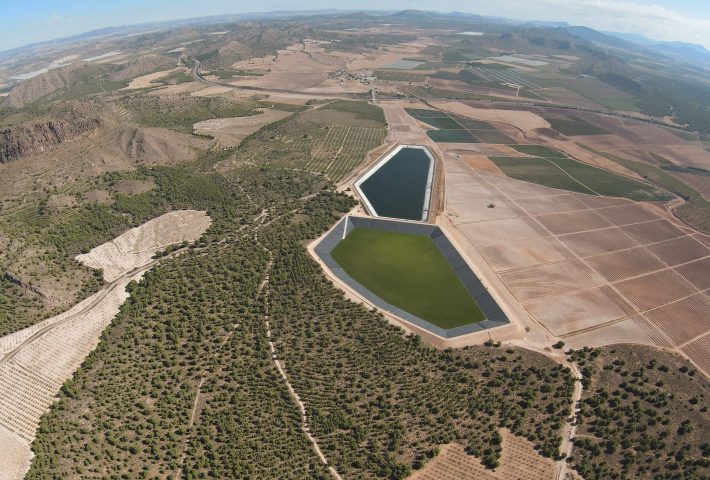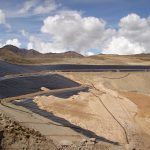Challenges and solutions: Geosynthetics as a pillar for efficient water management in Spain.
February 07, 2024
The drought situation in Spain, mainly due to climate change and overexploitation of water resources, presents us with great challenges that we have to face in order to mitigate or at least correct. Agriculture, an economic pillar in many regions, such as Almeria, suffers significant losses, while aquatic ecosystems face threats to biodiversity and water quality. In addition, urban populations are affected by water supply restrictions, raising concerns about availability for certain sporting activities such as golf, which is one of Andalusia’s economic boosters, or tourism, with public and private swimming pools, as well as the quality of the resource.
In response, solutions such as the modernisation of infrastructures, sustainable agricultural practices and investment in water storage are presented as the main strategies and are already being demanded by those most directly affected.
Among these strategic solutions are the modernisation of infrastructure and investments in catchment and storage works such as dams and reservoirs that help to build up reserves that could be strategic when facing dry periods.
PE geomembranes in this respect act as impermeable barriers, lining the walls and bottom of these works, preventing seepage or evaporation when used as floating covers on these works, ensuring efficient retention and avoiding unwanted losses.
The application of high density polyethylene geomembranes in ponds prevents the contamination of aquifers, protecting the quality of stored water when used as waterproofing barriers or to prevent evaporation losses when used as floating covers. The versatility and adaptability of geosynthetics to different climatic and geographical conditions make them especially valuable for Spain, which experiences significant climatic variations.
Investment in geosynthetics not only offers immediate benefits in addressing drought, but also has long-term implications for the sustainability of water supply.
Therefore, this solution is offered as one of the most multifaceted and sustainable solutions to address the current problem of drought in our country; learning from the successful experiences that are happening in different parts of the world with these practices, we will move towards a future with an efficient and resilient management of this resource that will help future communities to face these challenges in a much more effective way.









